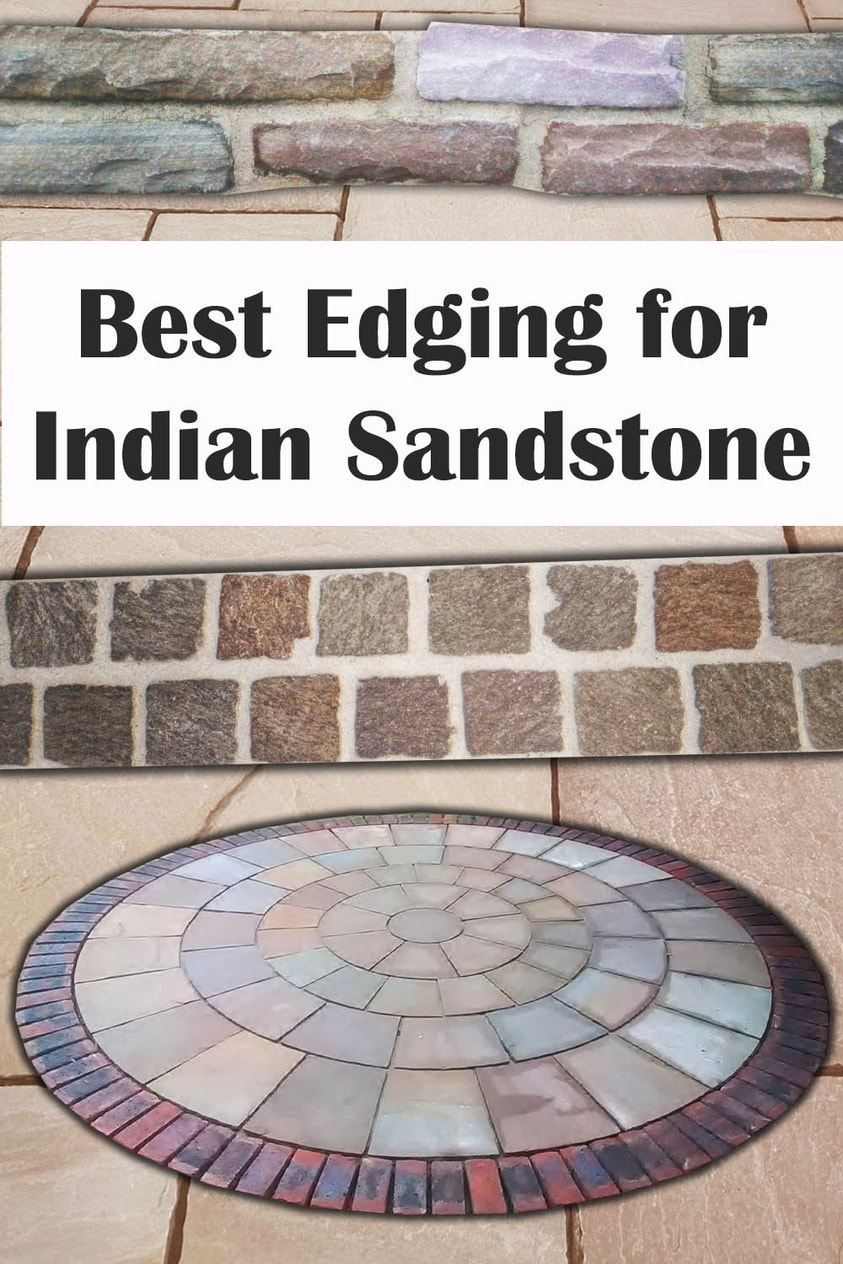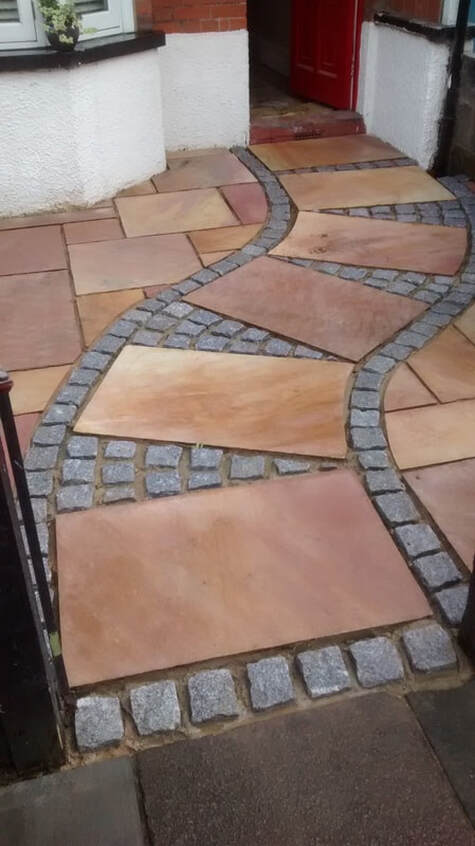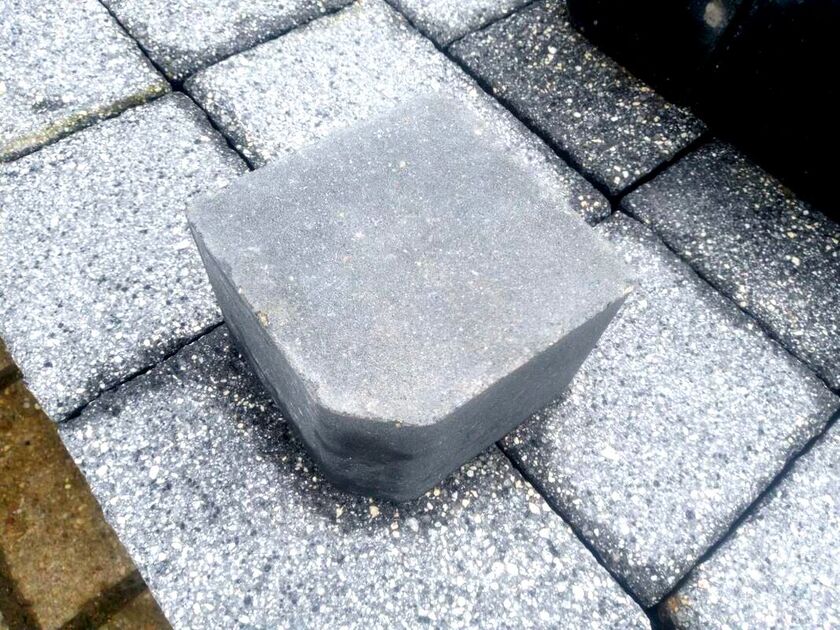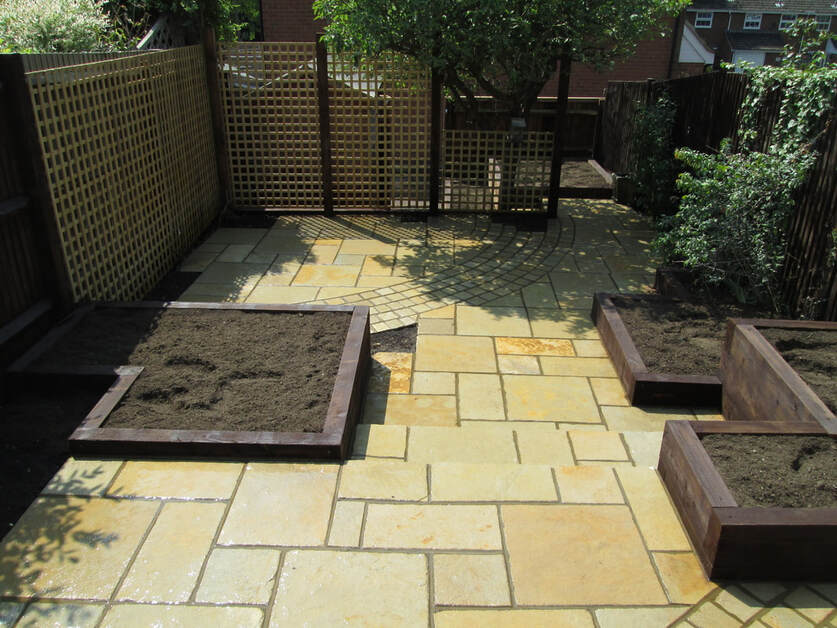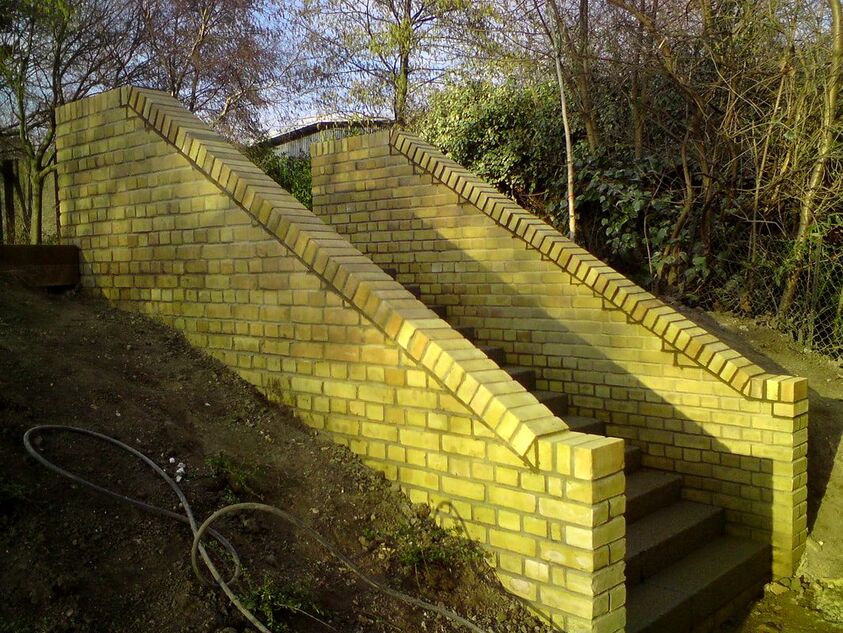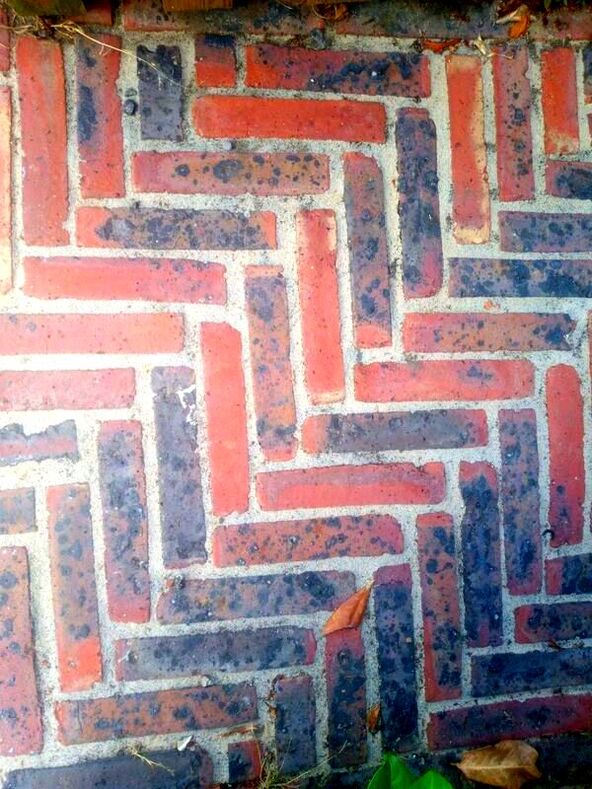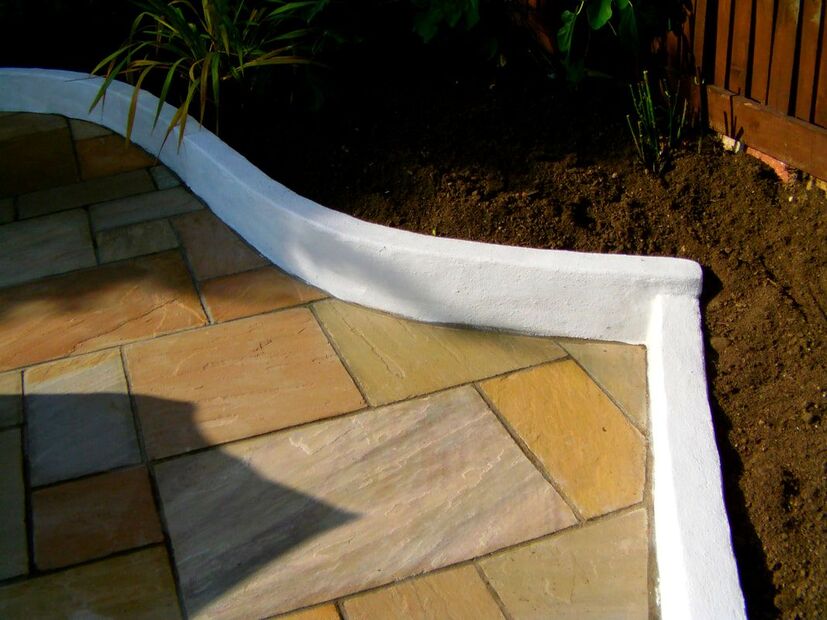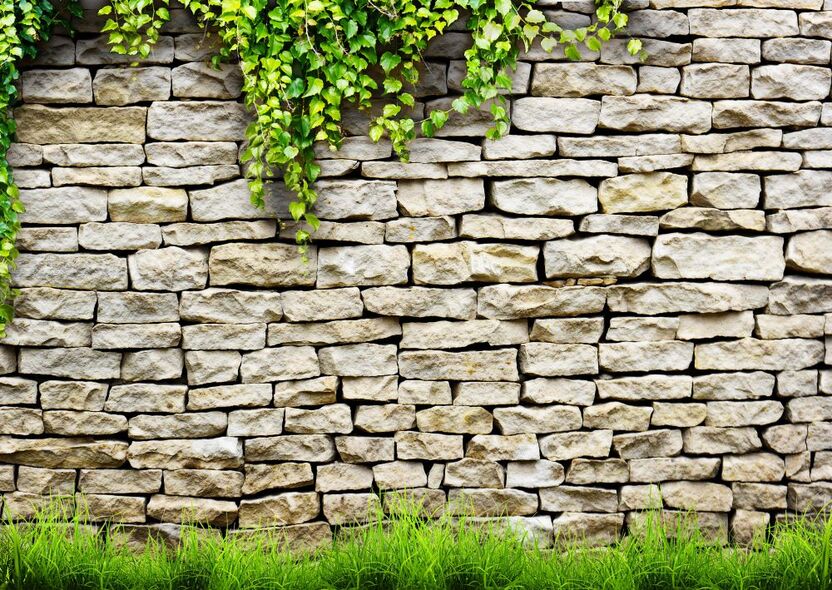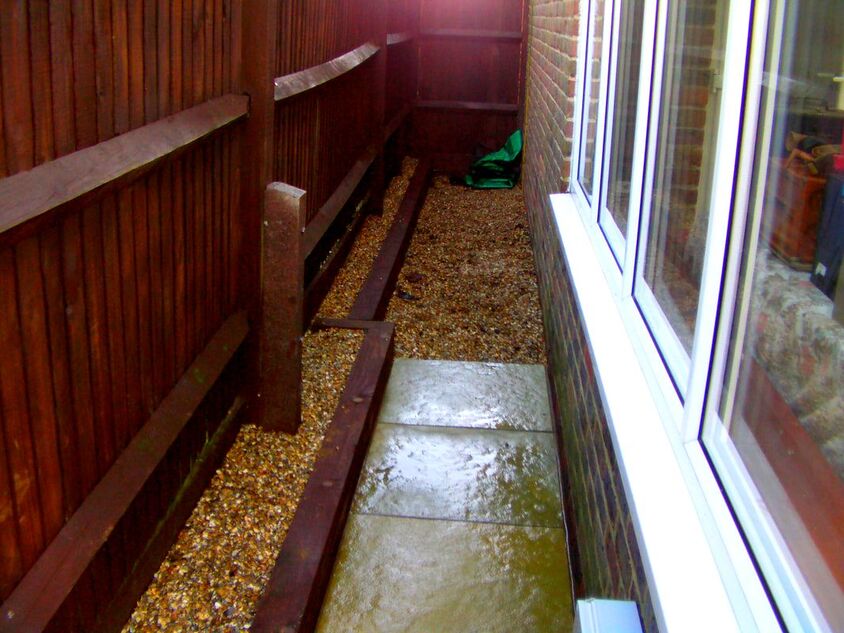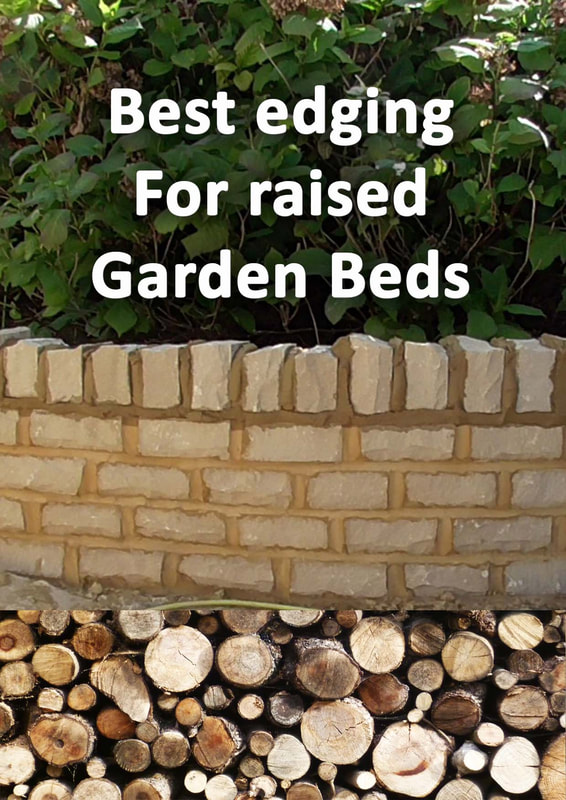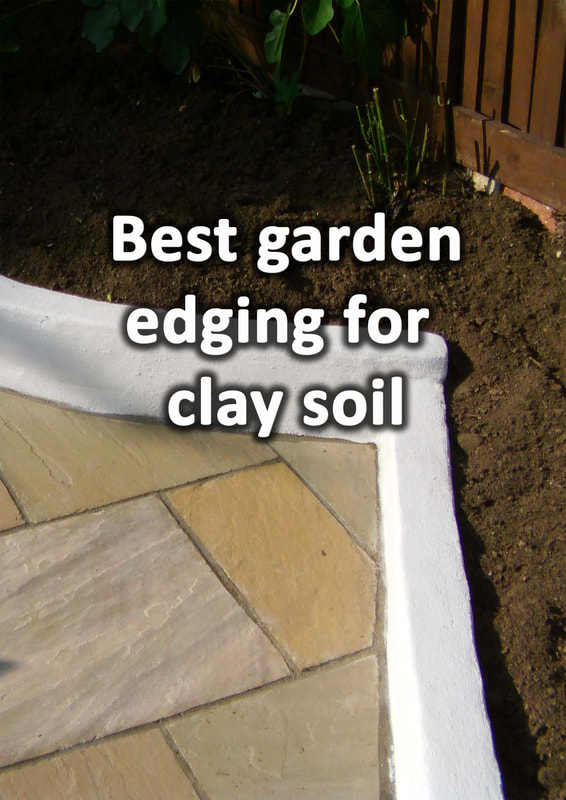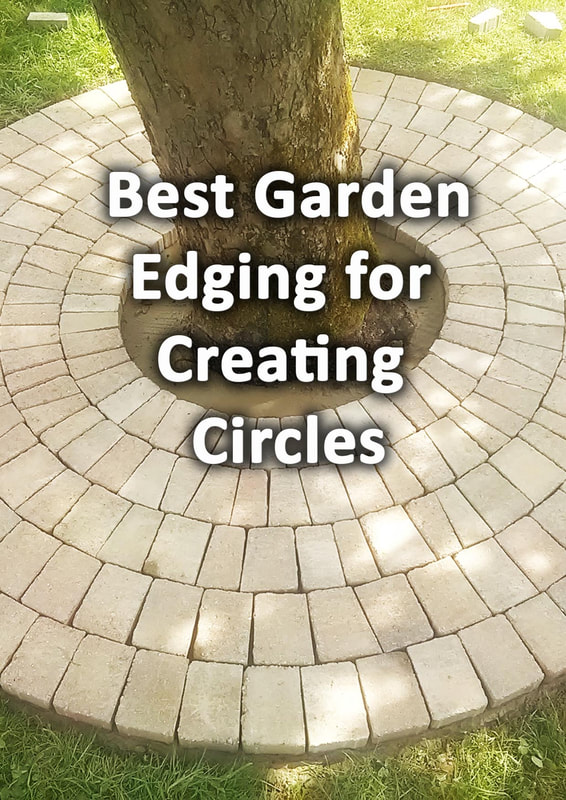|
This article contains affiliate links
Indian sandstone has grown to become one of the most popular paving materials across the country.
Not only is this natural stone full of interesting colours textures and styles it is also very affordable! As well as interesting colour variations there are also occasionally fossils of prehistoric plants and animals present. Identifying the best edging for your Indian sandstone however can often be challenging. As Indian sandstone comes in various colour tones it can be troublesome visually matching to surrounding elements. The correct border or edging material for Indian sandstone can substantially boost its appearance. Consequently in this article I will list and summarise the top 7 edging choices for Indian sandstone paving. Design
The raw aesthetics of Indian sandstone has great appeal however appropriate edgings can help frame paving and provide bold contrasts. Very often, paving materials become less impactful over larger spaces. Consequently strong edges and borders can add visual interest and increase a designs impact. The natural colour and texture of Indian sandstone has found it easy to adapt to so many garden styles. In the UK, Indian sandstone has provided an affordable ‘look alike’ option to the once popular York stone.
This means Indian sandstone fits in well with the colours of existing buildings and garden themes.
Please find the list of our top 7 edging materials for Indian sandstone below. The edgings listed below work the best with the more typical cream, yellow, orange and brown Indian sandstones. If you are laying more modern looking grey sandstone you may want to visit our slate edging article. You may find some of the edging materials featured there more effective for grey Indian sandstone. Best edging for Indian sandstone PavingKerb edgings
There is now a multitude of different kerb edging stones available on the market. Many kerb edgings make perfect borders to Indian sandstone paths and patios. For flush edging borders and flat edgings consider certain types of rustic block paving. Some of these include drivesett, slimset and Tegula block pavers. For more substantial, retaining edging, kerbs designed to accompany block paving are effective. Rustic kerbs such as Alpha Antique are an effective choice as well as other rustic bull nose and chamfered kerbs. I find the best colours to accompany block paving are autumn tones, brindle and light grey. Indian sandstone setts
Indian sandstone setts are robust cubes of Indian sandstone cut at around 100mm cubed. These are effectively the Indian sandstone version of granite setts. Like granite setts their generous size and weight allow them to form robust borders around patios and pathways. These can be raised higher than the paving itself creating a separation barrier to other surfaces. Indian sandstone setts can also provide retaining edges to flower borders and gravel paths. When laid in a double row the setts can make perfect edging borders for Indian sandstone patios. The setts can also be laid inside the paving itself like in our example project below. Rustic yellow bricks
Most Indian sandstones come in buff, cream and brown tones making yellow colours match in well. Consequently rustic yellow bricks can make extremely effective edging for Indian sandstone paving. Bricks such as New Stocks, Sevenoaks Yellows and Thames Yellows are perfect for such edging. With their slightly bowed shape and black speckling they provide a good compliment to the earthy tones of Indian sandstone. Alternatively, for more rusticity, an older reclaimed London stock may be best. These bricks were made during the Victorian era by hand, mostly with child labour! Each brick is effectively an antique with plenty of imperfections and character. Rustic red & purple bricks
Rustic red, purple and multi tonal bricks are perfect for edging Indian sandstone. There dark contrasts to the lighter paving make them perfect for bold borders and retaining edges. The multi-tonal red and purple shades match well with the colour variations within the sandstone. These bricks typically have speckles blotches which form during the intense heat of the firing process. These imperfections create real character and a rustic visual texture which matches Indian sandstone well. Typical examples of these bricks include; Ashdowns, Chaileys and Red Multi Stocks. Such bricks are manufactured to withstand outdoor conditions and are extremely robust. These bricks can be used to build steps, walls and raised beds integrating paving into a broader garden theme. Rendered block
Indian sandstone has a natural ability to match with many different materials and landscape styles. For example, rendered block is often thought of a more contemporary finish with a contemporary feel. However concrete blocks with smooth, cement render work very effectively with Indian sandstone. Although its use as edging is limited to raised or retaining edgings it can provide a very clean look. When painted light cream or white rendered block makes the perfect raised edging to a patio or path. A good example of this is one of our past projects featured below. Concrete block is a very versatile and affordable building material. This makes it easy to implement to any wall, raised bed or other vertical structure within your garden design. Natural stone cladding
Many would not associate stone cladding as edging for patios, however it can be implemented for such a purpose. Natural stone cladding such as dry wall sandstone cladding can be very effective with Indian sandstone. This is especially so in rustic garden designs such as cottage, Tuscan and Mediterranean gardens. Typically the cladding will need to be bonded to brickwork or retaining concrete edges. However such cladding can be mortared flush around the outside of the paving. As with other retaining features clad surfaces can run throughout a landscapes broader design. Timber edging
Timber edging is not always thought of as the best edging for paving due to its tendency to expand and degrade. However, timber has a natural aesthetic which works extremely well with Indian sandstone. Its natural shades and tones blend easily with the stone but at the same time bring a softer feel. The most typical timber product for edging Indian sandstone is sleepers. Sleepers are long and robust sections of timber commonly used in landscaping. Originally used to base railway lines, sleeper dimensions are normally 2.4m x 200mm x 100mm. The sleepers can be concreted in around the base of paving to create a retaining edge. This can be observed in our example project featured below. They can also be used to build retaining walls and raised beds around paths and patios.
Thank you for reading our article on the best edging for Indian Sandstone paving. Below I will link to some other articles you may find relevant.
'As an Amazon Associate I earn from qualifying purchases'
0 Comments
Leave a Reply. |
The Author
|
Landscaping services across Buckinghamshire, Amersham, Aylesbury & High Wycombe
Hyde Heath, Amersham, Buckinghamshire |
|
